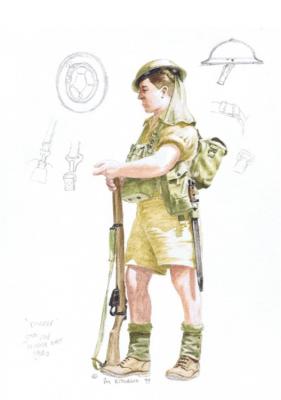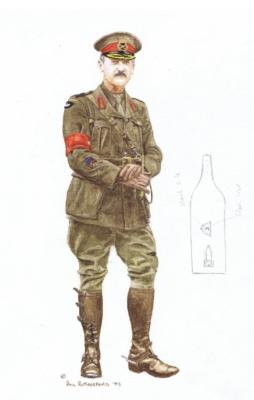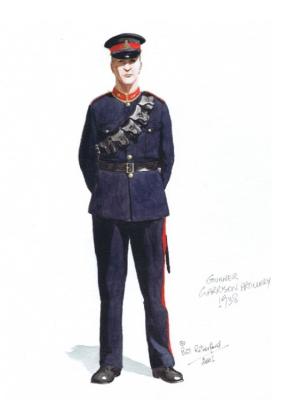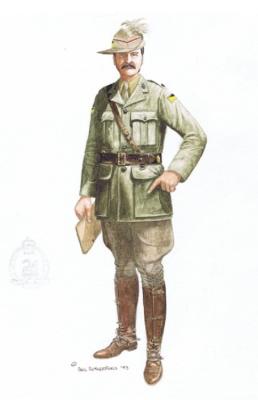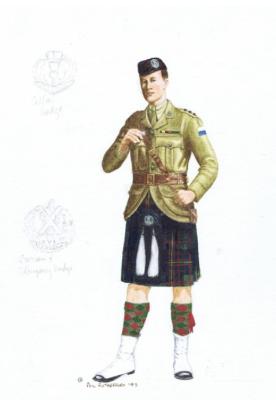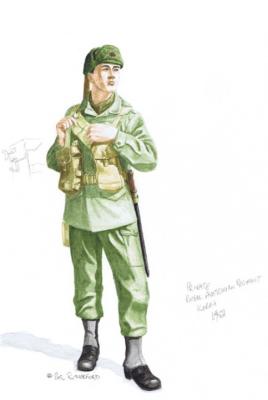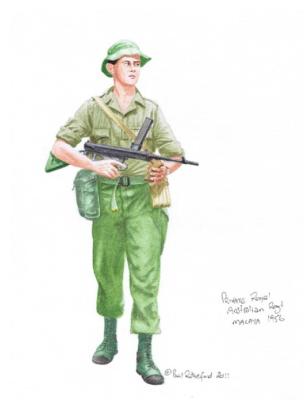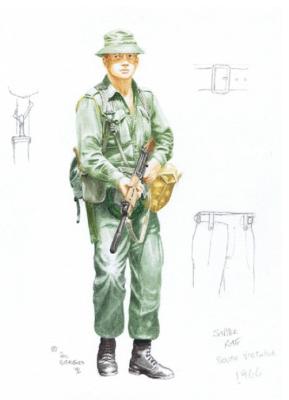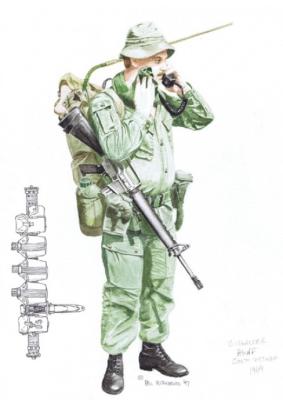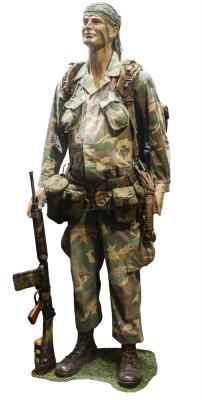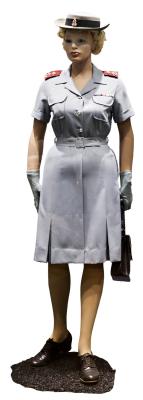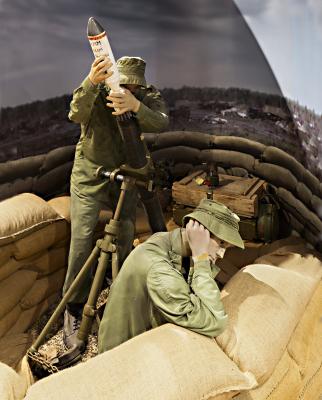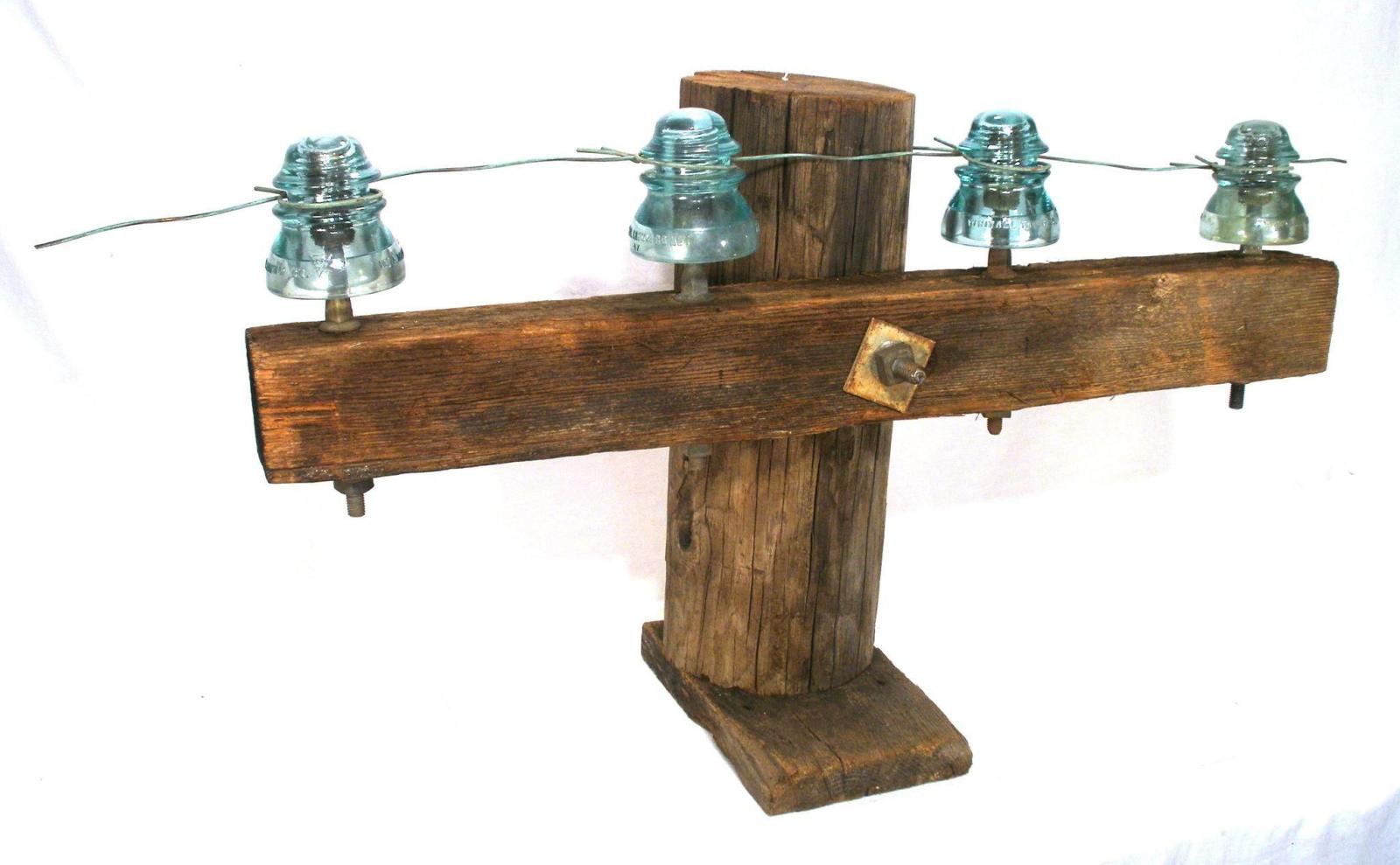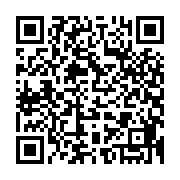Pin Type Insulators
Display of Pin Insulators, a type of electrical insulator mounted directly on a pole or tower to support conductors and insulate them from the supporting structure. It is one of the oldest and most commonly used insulators for low to medium voltage transmission lines and are typically made of porcelain, glass, or composite polymer material
The first electrical systems to make use of insulators were telegraph lines; direct attachment of wires to wooden poles was found to give very poor results, especially during damp weather.The pin insulator provides mechanical support to the conductor and electrically insulates it from the grounded support structure. The shed-like structure helps prevent water from forming a continuous film, thereby reducing the chances of electrical leakage during rain or wet conditions. Glass insulators were first produced in the 1850's for use with telegraph lines. As technology developed insulators were needed for telephone lines, electric power lines, and other applications.
Details
Details
The insulator is secured to its support structure with a screw-like metal or wood pin matching the threading in the hollow internal space. The transmission wire is tied into the groove around the insulator just below the dome.
This display is located in the Communications Gallery commissioned by the Australian Army Museum of Western Australia as part of the Centenary commemorations of the Royal Australian Corps of Signals in the broader context of the evolution of communications technologies. Communication devices used by the Australian Army also are presented in their operational context throughout the Museum.
Australian Army Museum of Western Australia
Australian Army Museum of Western Australia
Other items from Australian Army Museum of Western Australia
- World War 2, Eastern Mediterranean, 2nd Australian Imperial Force, 1941
- World War 1, Western Front, General Officer, 1917
- Inter War, Western Australia, Fremantle and Albany, Garrison Artillery, 1938
- World War 1, South West Asia, Sinai, 10 Light Horse, 1917
- Inter War, Western Australia, Perth, 16 Battalion Cameron Highlanders, 1938
- Post 1945, North East Asia, Korea, Royal Australian Regiment, 1952
- Post 1945, South East Asia, Malaya, Royal Australian Regiment, 1956
- Post 1945, South East Asia, Vietnam, Royal Australian Engineers, 1966
- Post 1945, South East Asia, Vietnam, Royal Australian Regiment, 1964
- Mannequin Display, Post 1945, South East Asia, Vietnam, Special Air Service Regiment, 1965
- Mannequin Display, Post 1945, Australia, Army Nurse, 1968
- Diorama display, Post 1945, South East Asia, Vietnam, 81mm Mortar Detachment
